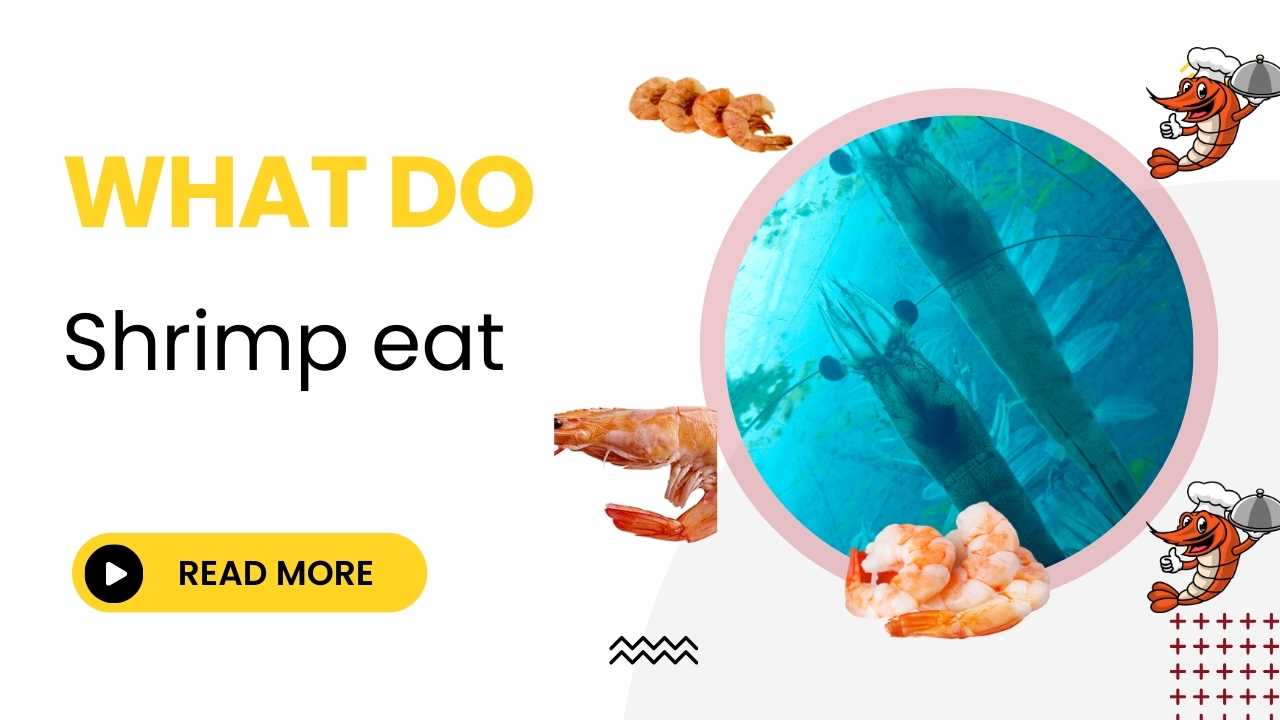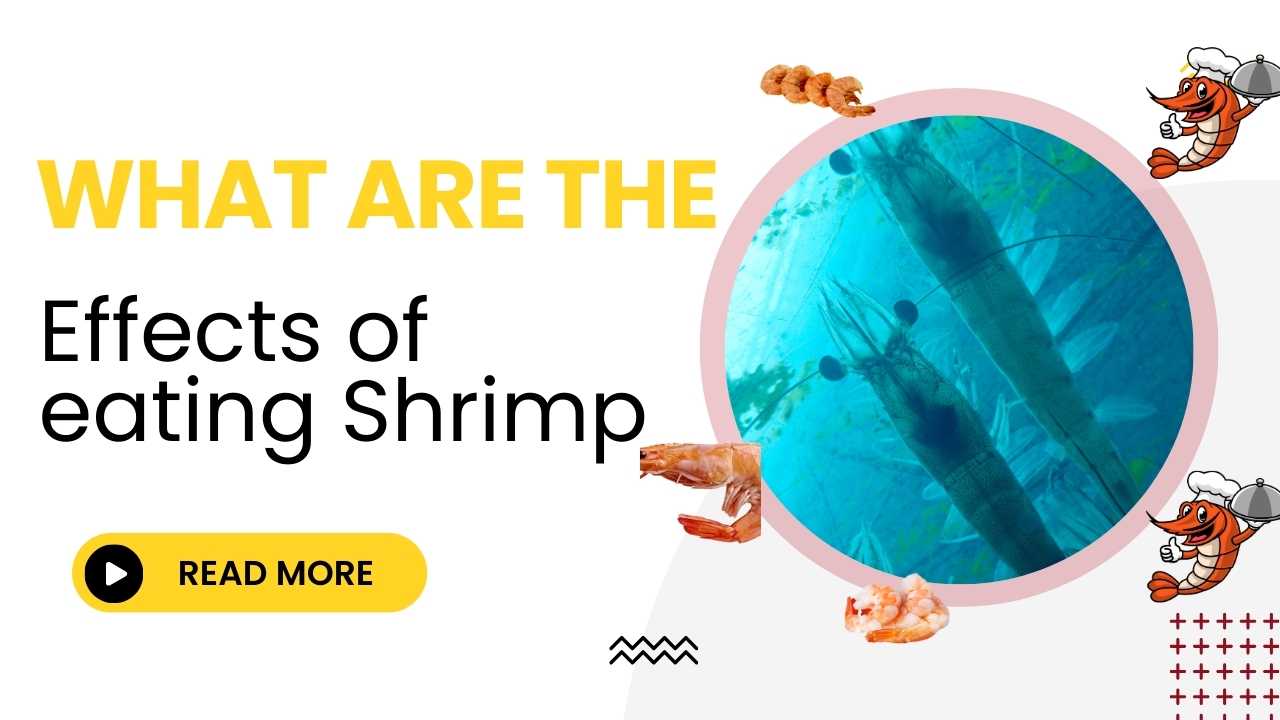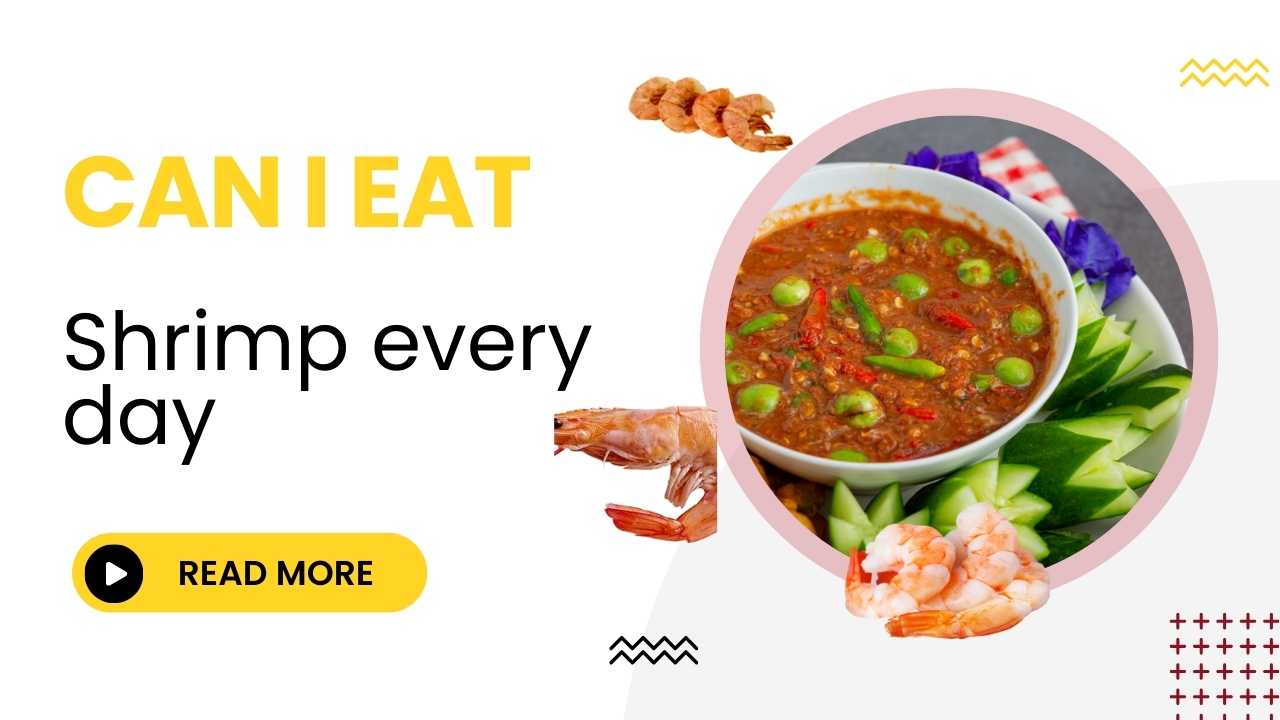Shrimp, found in both marine and freshwater environments, play a crucial role in the aquatic food chain. Their diets are varied and depend on their species, habitat, and available food sources. Understanding what shrimp eat can provide insights into their behavior, ecosystem role, and how to care for them in aquariums.
Read More: Is shrimp good for men?
Natural Diet of Shrimp
In the wild, shrimp are omnivorous scavengers, meaning they consume a variety of food sources available in their environment. Here are some common components of their diet:
- Algae: Shrimp graze on various types of algae, including microalgae and macroalgae, which provide essential nutrients and contribute to their overall diet.
- Detritus: This consists of decomposing organic matter, such as dead plants and animals, which shrimp help break down, contributing to nutrient cycling in their habitats.
- Plankton: Small shrimp, especially larvae, feed on plankton, including phytoplankton (microscopic plants) and zooplankton (tiny animals).
- Small Invertebrates: Some shrimp species consume small invertebrates, such as worms, small crustaceans, and insect larvae.
- Biofilm: This is a slimy layer of bacteria, fungi, and other microorganisms that grow on surfaces like rocks and plants, providing a rich food source for shrimp.
- Plant Material: Shrimp may feed on decaying plant matter, including leaves and roots, which adds fiber and other nutrients to their diet.
Diet of Shrimp in Aquaculture and Aquariums
When shrimp are raised in aquaculture or kept in home aquariums, their diet can be more controlled and varied. Here’s what they typically eat:
- Commercial Shrimp Feed: Specially formulated pellets or flakes that provide balanced nutrition, often containing proteins, fats, vitamins, and minerals necessary for growth and health.
- Algae Wafers: These are designed to mimic natural algae, offering a convenient and nutritious food source.
- Vegetables: Blanched vegetables, such as spinach, zucchini, and peas, can be added to their diet for variety and additional nutrients.
- Frozen and Live Foods: Options include brine shrimp, daphnia, bloodworms, and mysis shrimp, which can stimulate natural feeding behaviors and provide high-quality protein.
- Detritus and Biofilm: In well-established aquariums, shrimp will also consume detritus and biofilm that naturally form on surfaces and decorations.
Feeding Habits of Different Shrimp Species
Different species of shrimp have unique feeding habits based on their habitat and physiology. Here are a few examples:
- Ghost Shrimp: These freshwater shrimp are scavengers that feed on algae, detritus, and small invertebrates. In aquariums, they can be fed algae wafers, flakes, and small pieces of vegetables.
- Amano Shrimp: Known for their algae-eating capabilities, Amano shrimp primarily feed on various types of algae and detritus. They can also be fed high-quality commercial foods and vegetables.
- Cherry Shrimp: These popular aquarium shrimp feed on algae, biofilm, and detritus. Supplement their diet with commercial shrimp pellets, algae wafers, and blanched vegetables.
- Marine Shrimp: Species like the Peppermint Shrimp and Cleaner Shrimp feed on plankton, detritus, and small invertebrates. In aquariums, they can be fed frozen foods, commercial marine shrimp pellets, and live foods.
Feeding Tips for Aquarium Shrimp
To ensure the health and well-being of shrimp in aquariums, follow these feeding tips:
- Variety: Offer a varied diet to provide balanced nutrition and prevent dietary deficiencies.
- Quantity: Feed small amounts several times a day to prevent overfeeding and water pollution.
- Supplementation: Include natural food sources like algae and biofilm, which can be encouraged by adding live plants and natural decorations.
- Observation: Monitor shrimp behavior and adjust feeding amounts based on their activity levels and food consumption.
Conclusion
Shrimp are adaptable feeders with a diverse diet that includes algae, detritus, plankton, small invertebrates, and biofilm in the wild. In aquaculture and aquarium settings, they thrive on a combination of commercial feeds, vegetables, and live or frozen foods. Understanding their dietary needs and feeding habits ensures their health and supports the ecological balance in their habitats.
FAQ on What Shrimp Eat
Q1: Can shrimp survive on algae alone? A1: While algae is a significant part of their diet, shrimp benefit from a varied diet that includes proteins, vitamins, and minerals to ensure balanced nutrition.
Q2: How often should I feed shrimp in my aquarium? A2: Feed small amounts once or twice a day, ensuring they consume all the food within a few hours to prevent overfeeding and water quality issues.
Q3: Can I feed shrimp raw vegetables? A3: Blanching vegetables before feeding makes them easier for shrimp to consume and digest. Raw vegetables can be too tough and hard for shrimp to eat.
Q4: What should I do if my shrimp are not eating? A4: Check water parameters to ensure they are within the optimal range for your shrimp species. Stress, poor water quality, and illness can affect their appetite.
Q5: Do shrimp need supplements in their diet? A5: In well-maintained aquariums with a varied diet, additional supplements are usually not necessary. However, calcium supplements can be beneficial for shrimp molting and shell health


